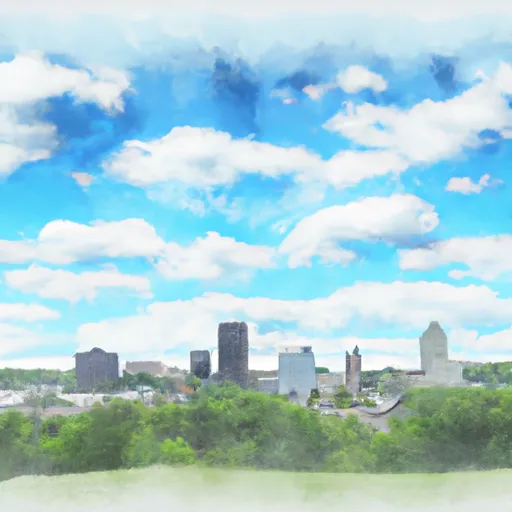°F
°F
mph
Windspeed
%
Humidity











South Wayne, Wisconsin is a small village located in Lafayette County with a population of approximately 500 residents. The village experiences a humid continental climate, characterized by warm summers and cold winters. Average temperatures range from around 20°F (-6°C) in winter to 80°F (27°C) in summer, with precipitation distributed fairly evenly throughout the year.
Hydrology constituents in South Wayne are mainly influenced by the Pecatonica River, which flows through the village, providing opportunities for fishing, canoeing, and kayaking. The river is home to a variety of fish species, including smallmouth bass, northern pike, and catfish, attracting anglers from the region.
Outdoor recreation enthusiasts can explore the nearby Yellowstone Lake State Park, which offers camping, hiking, and picnicking opportunities. The park also has a swimming beach, boat launch, and fishing pier, making it a popular destination for water activities. In addition, the area boasts numerous trails for hiking, biking, and snowmobiling, allowing visitors to experience the natural beauty of South Wayne and its surroundings.
Overall, South Wayne provides a picturesque setting for outdoor enthusiasts, with its scenic waterways, diverse wildlife, and recreational opportunities for both water and land activities.
Weather Forecast
South-Wayne receives approximately 916mm of rain per year, with humidity levels near 83% and air temperatures averaging around 8°C. South-Wayne has a plant hardyness factor of 5, meaning plants and agriculture in this region thrive during a short period during spring and early summer. Most plants will die off during the colder winter months.
Regional Streamflow Levels
5
Cubic Feet Per Second
5
Cubic Feet Per Second
802
Cubic Feet Per Second
6,600
Cubic Feet Per Second
Nearby Camping
| Camping Area | Reservations | Toilets | Showers |
|---|---|---|---|
| Fontainebleau State Park | |||
| St. Bernard State Park | |||
| Dry Creek Water Park | |||
| Timberlake - Ross Barnett Reservoir | |||
| Simpson County Lake | |||
| Atwood Water Park |



